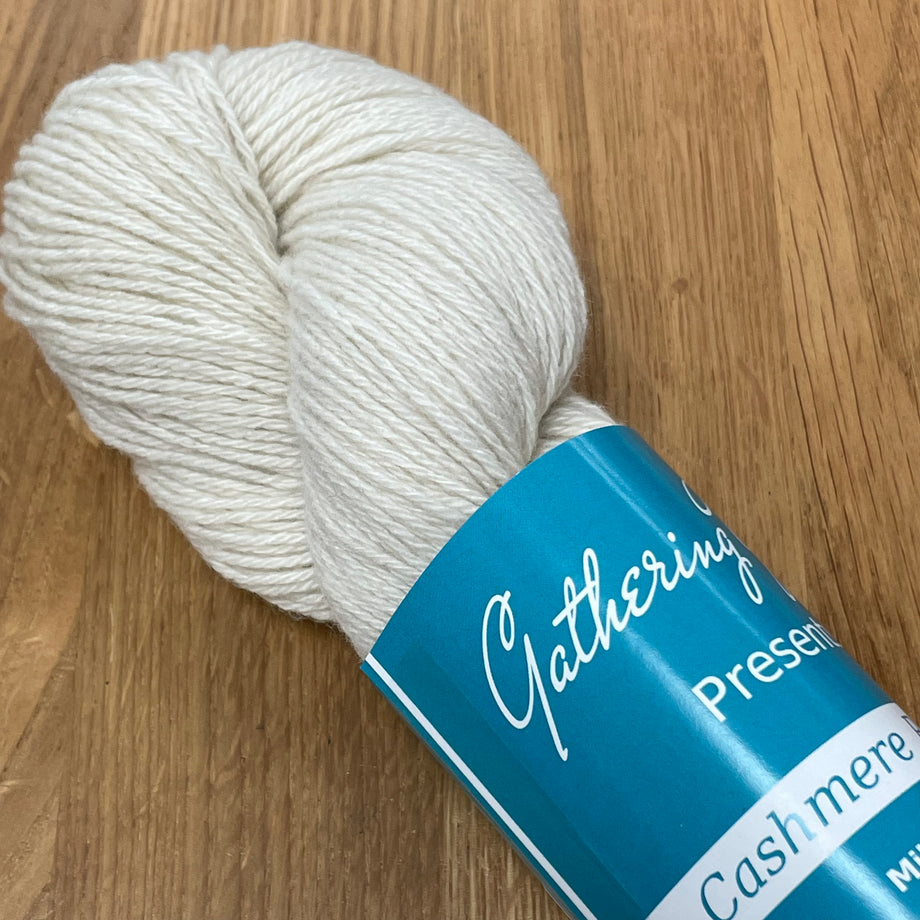What Makes cashmere a Top Choice for High-End Fashion and Comfort?
What Makes cashmere a Top Choice for High-End Fashion and Comfort?
Blog Article
Checking Out the Numerous Kinds of Cashmere a Natural Fiber for Ultimate Luxury
Cashmere, an all-natural fiber, is often connected with deluxe and comfort. The a lot more economical Chinese cashmere, the typical Scottish variation, and the high-end Italian mix, all inform a various tale of this exceptional fiber.
Understanding the Luxurious Nature of Cashmere
Cashmere, commonly connected with luxury and comfort, holds an unique appeal worldwide of natural fibers. This soft, light-weight material is wanted for its exceptional heat and amazing resilience. Unlike other natural fibers, cashmere combines insulation with breathability, offering unrivaled comfort throughout differing temperature levels. Its shiny finish and soft appearance contribute to its high-end allure, validating the costs price that frequently comes with cashmere garments. Additionally, cashmere's fundamental crease resistance and elasticity improve its value, making it a recommended selection for premium garments and accessories. Despite its fragile appearance, cashmere possesses a surprising durability, able to keep its form and glamorous feeling over time. This distinct mix of characteristics seals cashmere's position as a symbol of style and indulgence.
Simply What Is Cashmere and Where Does It Originate from?

Offered these phenomenal high qualities, one might ask yourself about the origin and makeup of this extravagant fiber. Cashmere is originated from the soft undercoat of cashmere goats, largely discovered in Mongolia, China, Iran, and Afghanistan - is cashmere a natural fiber. These goats are adjusted to extreme weather problems, producing an exceptionally fine, soft underfur as a defense versus the bitter cold. This underfur, or undercoat, is what is collected for cashmere. Each spring, when the goats naturally dropped their wintertime coat, farmers comb the fine underhair, leaving the coarser hair behind. This thorough procedure adds to the scarcity and high price of cashmere. With its origin in the rough landscapes of Asia, cashmere is a testimony to nature's capability to create luxury from adversity.
Translating the Different Kinds Of Cashmere
Recognizing the various types of cashmere is essential to valuing the top quality and one-of-a-kind characteristics of this glamorous material. Generally, cashmere is categorized right into three types: raw, virgin, and recycled. Raw cashmere is straight acquired from the goat and is unrefined. This type often consists of contaminations such as dust and rugged hair. Virgin cashmere, on the other hand, is the pure, unrecycled material that is rotated right into thread for the very first time. It is the softest and most lavish. Recycled cashmere is made from virgin product that has actually been previously made use of. It is re-spun and utilized in producing lower-cost cashmere items. Deciphering these kinds is the first step in understanding the exclusivity and value of cashmere.

The One-of-a-kind Qualities of Each Kind Of Cashmere
Having discovered the various categories of cashmere, it emerges that each type flaunts its special set of features. Mongolian cashmere, for instance, is renowned for its exceptional quality, because of Mongolia's extreme winters months that generate longer and finer fibers. On the other hand, Chinese cashmere is typically extra economical, though its shorter fibers can reduce resilience. Scottish cashmere is celebrated for its charming softness, a result of the standard water cleaning procedure Look At This making use of Scotland's soft water. Italian cashmere, meanwhile, is famous for its masterful mixing and tinting strategies, providing it vivid and flexible. Indian cashmere, additionally known as Pashmina, is valued for its incredible agility and warmth. Each kind, hence, adds to the textile's track record for high-end.
Why Cashmere Is the Embodiment of Luxury in vogue
Cashmere holds a prestigious placement in the globe of style, concerned as a sign of deluxe and sophistication (is cashmere a natural fiber). Cashmere is acquired from the click reference fine undercoat of Himalayan goats, known for their superior high quality fiber. Cashmere's exceptional comfort and longevity make it a desired material in the production of premium garments.
The Process of Making Cashmere: From Goat to Garment
The journey of cashmere, from being an undercoat of a Himalayan goat to a glamorous garment, is an intricate one. This blend is after that fastidiously separated, with just the soft down utilized for cashmere. From goat to garment, each step is a testimony to the patience, artistry and ability included in crafting cashmere.

Final Thought
In conclusion, cashmere, with its all-natural sophistication and unmatched comfort, preponderates on the planet of high-end fashion. The diversity in types, varying from the soft Mongolian, light-weight Indian Pashmina, cost effective Chinese, standard Scottish, to the colorful Italian, exposes the convenience of this natural fiber. The meticulous procedure of changing it from a goat to a garment even more adds to its exclusivity, making cashmere the embodiment of refinement and luxury.
Cashmere, a natural fiber, is commonly associated with high-end and convenience (is cashmere a natural fiber).Cashmere, often linked with luxury and convenience, holds an one-of-a-kind allure in the globe of all-natural fibers. Unlike various other natural fibers, cashmere combines insulation with breathability, providing unmatched convenience throughout varying temperature levels. Cashmere is obtained from the soft undercoat of Source cashmere goats, primarily located in Mongolia, China, Iran, and Afghanistan. Cashmere is derived from the fine undercoat of Himalayan goats, recognized for their exceptional quality fiber
Report this page